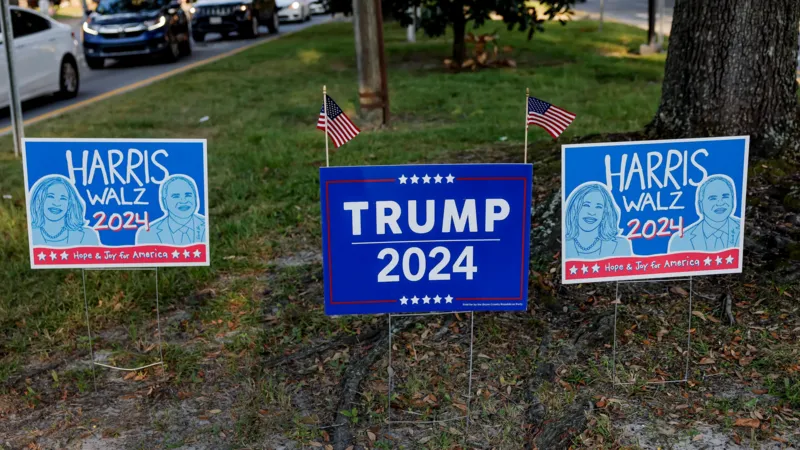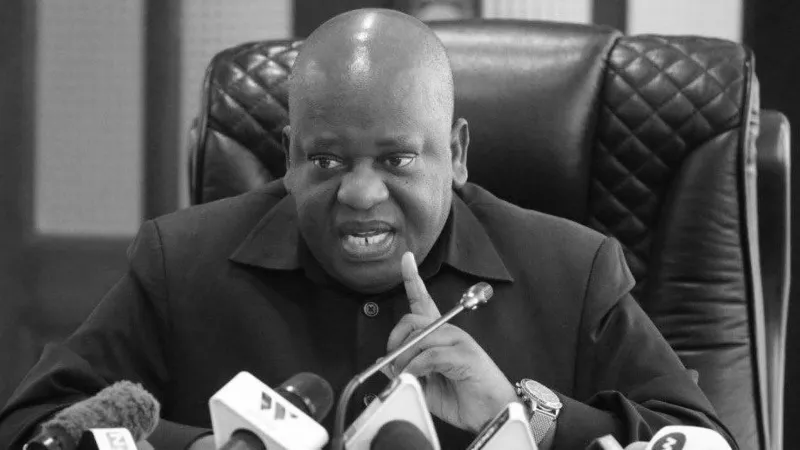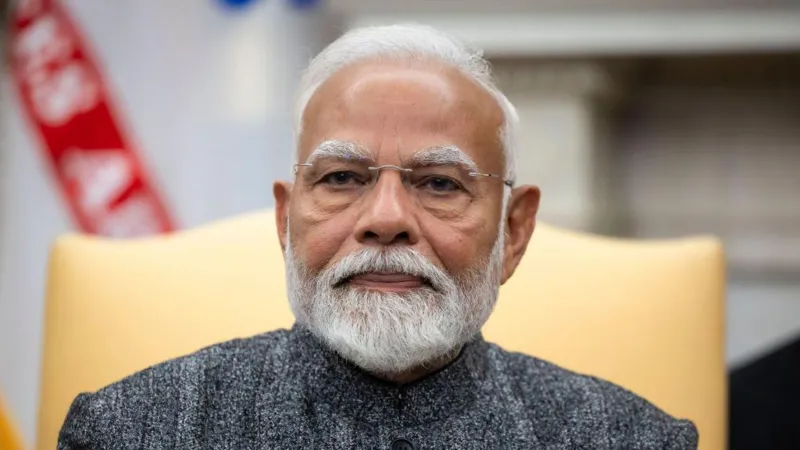'It's non-stop': Swing state voters bombarded with ads - will they make a difference?
Like many Americans, Hayden Cook decided long ago who to vote for in this year's presidential election.

And yet, every day, the 19-year-old from Wilkes-Barre, Pennsylvania is bombarded with political ads, despite installing a blocker on YouTube and opting out of cable television.
"It's still so constant," Cook said. "Work is six minutes away - you're already hearing two or three ads; then we have the radio on at work and there's ads there."
More than $10bn (£7.6bn) is expected to be spent on political advertising this election. That is up some 20-25% from 2020 - itself a record-setting cycle - depending on which forecaster is consulted.
Most of that money will be funnelled through a handful of critical, highly competitive states that are expected to decide the election, with almost $1bn going towards one state alone: Pennsylvania.
The Keystone State is expected to attract $935m in ad spending this election, including $450m on the presidential contest between former President Donald Trump and Vice-President Kamala Harris, according to research firm AdImpact.
And that does not include all the free media coverage the candidates have received as they repeatedly return to the state on the campaign trail.
Cook, a political junkie, doesn't mind the barrage - but has been bemused by some of it.
At one point, the family home was getting multiple mailers each day from a conservative group, despite everyone being a registered Democrat.
"It's absolutely non-stop," Cook said. "It's everywhere."
Hayden Cook describes the barrage of political adverts as "constant"
In the UK, election campaigns are limited to 25 working days, spending is capped, and political advertising on radio and television is banned.
So the frenzy in the US can seem nonsensical - especially in a contest where so many voters like Cook have already made up their minds about the candidates.
Polling this year has suggested only a tiny fraction of voters - about 3%, much smaller than in historic elections - are undecided.
But surveys also indicate Trump and Harris are locked in a dead heat while even some decided voters are expressing dissatisfaction and uncertainty, raising the possibility of an election-day surprise.
"Advertising in presidential races typically matters only at the margins - it doesn't matter very much - but if the margin is in play, it matters a lot to the overall outcome," said Erika Fowler, professor of government at Wesleyan University and co-director of the Wesleyan Media Project.
By the numbers
If election success were determined by dollars alone, Harris could be declared the winner now.
Her campaign - and that of Joe Biden before he quit the race - has been significantly out-fundraising and out-spending her Republican rival's.
At the start of September, it had $235m in the bank, almost twice as much as Trump's $135m.
Her campaign spent roughly $135m on media product and ad buys the month prior, which amounted to nearly 80% of $174m in total expenditures in August, the most recent official figures available, according to federal filings.
That was more than double the roughly $57m the Trump campaign spent on advertising and mailers the same month, and his overall $61m in spending was also far lower.
But elections are about more than a bottom line.
In the 2016 and 2020 election, Trump was also outspent but he dominated the headlines, giving him free coverage that helped to narrow the gap, Prof Fowler said.
This year, since Harris became the nominee, she has appeared to close Trump's lead with free press, while the Democrats' spending advantage has continued to widen, according to Prof Fowler. Over some weeks in September, Harris had been outspending Trump on Facebook and Instagram by a factor of 16:1.
"I have never seen margins like that before," Prof Fowler said.
When you factor in spending by outside groups, the gap between Trump and Harris narrows.
But Geoff Pereira, head of content and insights at Media Radar CMAC, which tracks advertising on traditional television and radio, said Trump may be gambling, based on past experience and tight polls, that commercials won't be the deciding factor.
After all, pro-Trump groups backed by some of his wealthiest supporters, such as Elon Musk's America PAC, have claimed they plan to steer their spending to other areas, such as turnout.
"He was outspent in 2016 and 2020 and he's being outspent to a greater extent this cycle, at least so far," Mr Pereira said. "Will it matter?"
"Reading between the lines, he thinks he doesn't necessarily need it."
Backlash risk
Advertising by a candidate has been found to help boost turnout by supporters, said Cameron Shelton, a professor of political economy at Claremont McKenna College. That makes it potentially important in states like Pennsylvania, where polls suggest margins will be slim.
But unless it is targeted, the messages can also backfire, Prof Shelton warned.
His research on the 2012 and 2016 elections found that political ads were as likely to propel opponents to the polls in anger as they were to bring in supporters.
"Ads don't persuade," he said. "What happens is the ad just pushes you towards your preconceptions. It polarises, it enflames."
"If you get a balanced audience, it looks like you're increasing the other side's votes just as much as your own," he said.
Harris's Facebook page is currently running more than 300 ads targeting voters in Pennsylvania, compared with 22 on Trump's page, many of them pitched to younger audiences and women, a BBC Verify analysis found.
But mass advertising on traditional television - which tends to reach a population of older, more reliable voters - continues to account for the majority of spending for both campaigns.
Over the summer, campaign ads focused on issues important to each candidates' base: immigration for Trump and healthcare and abortion for Harris.
But in more recent weeks, the economy - an issue of importance to voters in both camps and one in which Trump and Republicans have historically held the advantage - has gained focus, Prof Fowler said.
In Pennsylvania, Trump has attacked Harris over fracking, an advanced oil and gas drilling technique which she previously supported banning. Fracking plays a key role in the state, which is the second biggest producer of natural gas in the US.
Harris has spotlighted adverts aimed at traditional Republicans and rural voters, in which former Trump voters and farmers argue that he worked only for the wealthy.
All the ads can make for awkward moments in politically diverse company, said Tim Anzelone, a 36-year-old from Pittsburgh, Pennsylvania, who recently hosted a watch party to celebrate the start of the season for his NFL team, the Steelers.
Worried about political ads spurring arguments among his guests, he strategised ahead of time to mute the television during every commercial break.
The plan worked, he said: "People didn't pay attention... I would guess 50% of the ads were presidential [election-related] and nobody talked about it."
He said he was ready for the election to be over, having already made up his mind about the race - a private decision he declined to share.
"The ads definitely don't sway me at all," he said. "I always do think it's a huge waste of money but it must be working for someone."
In future elections, Prof Shelton said he expected targeting to become much more precise, reducing the risk of backlash and uncomfortable party dynamics - but also likely pushing America further apart.
"My sad projection would be then we're going to get even more siloed and polarised," he said. "I'm going to see a certain set of ads that make me believe one thing and you're going to see a certain set of ads that make you believe another."
-BBC







